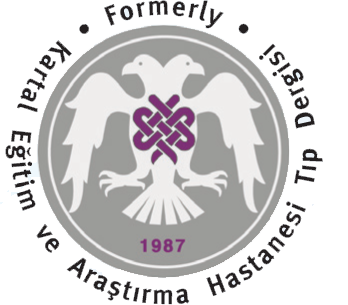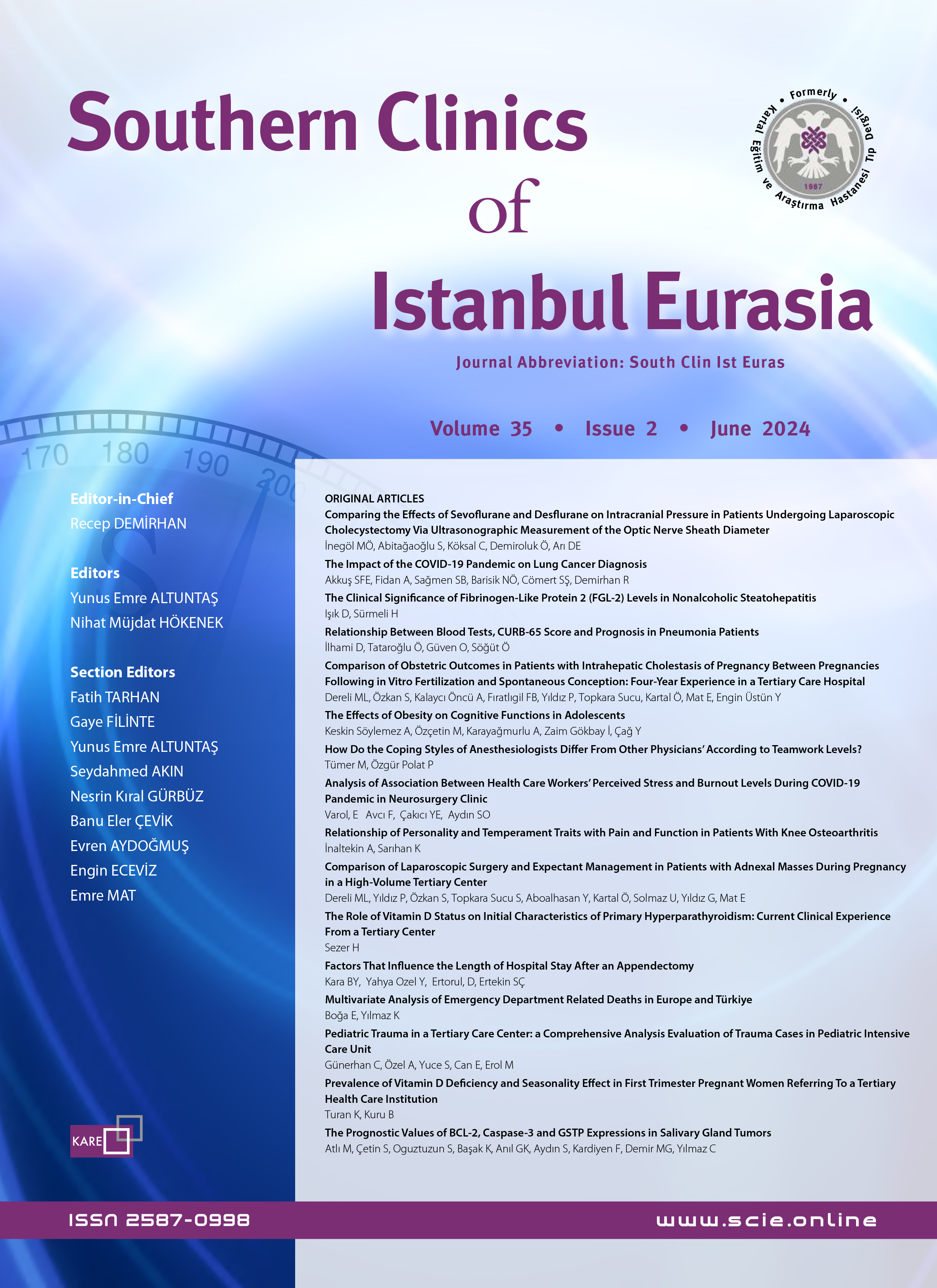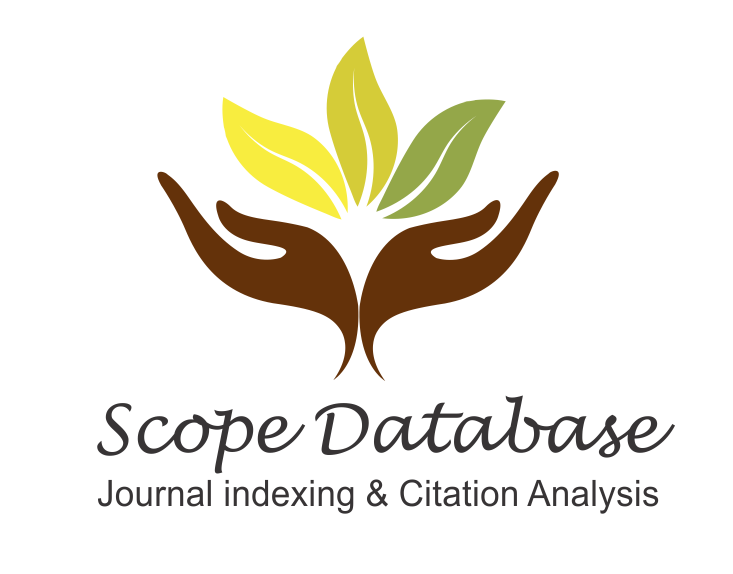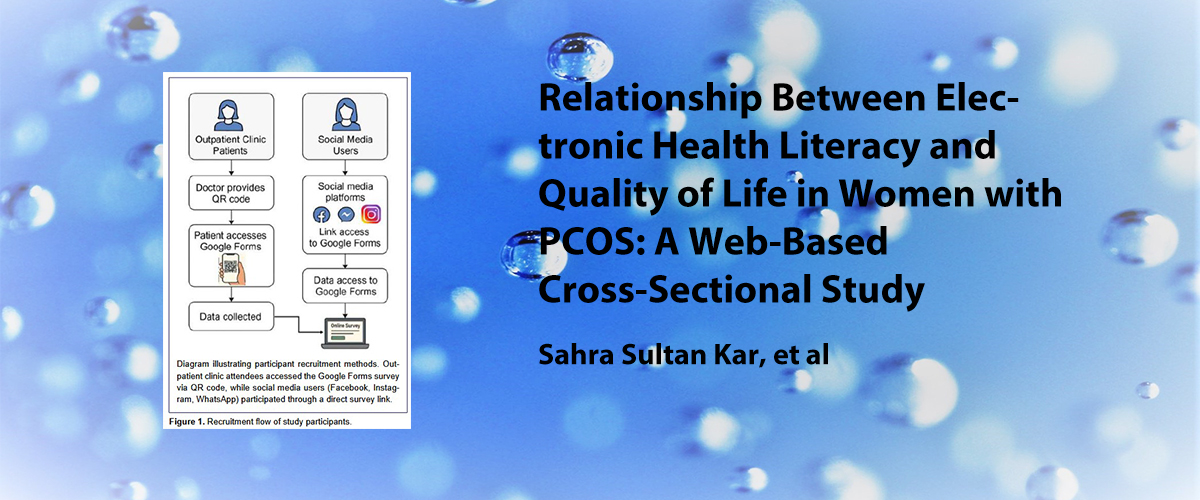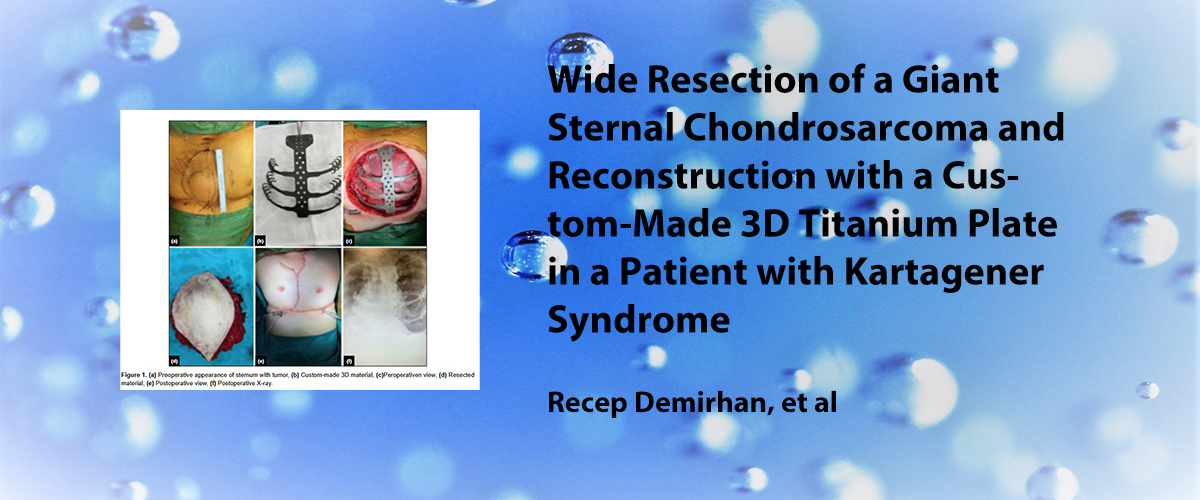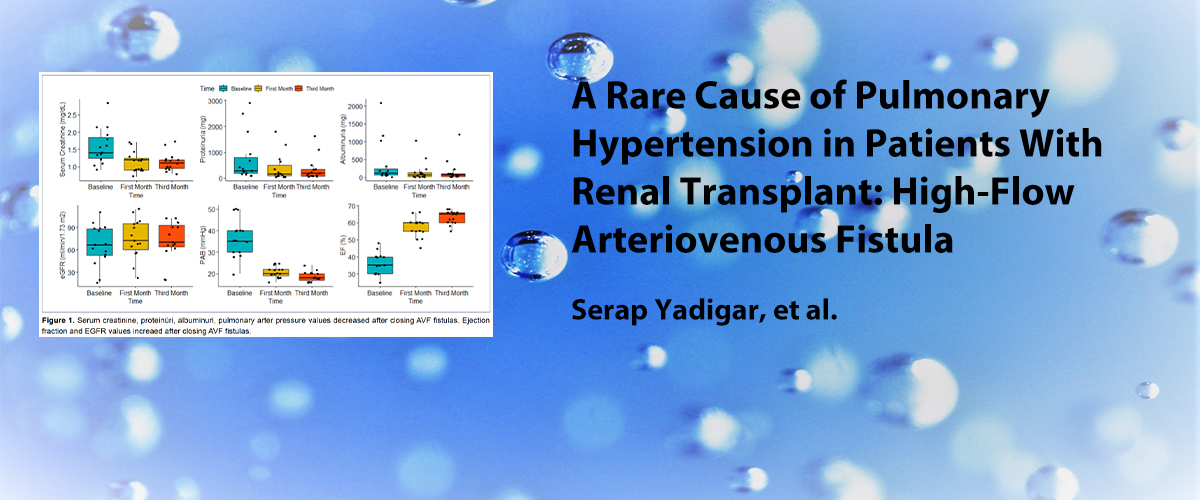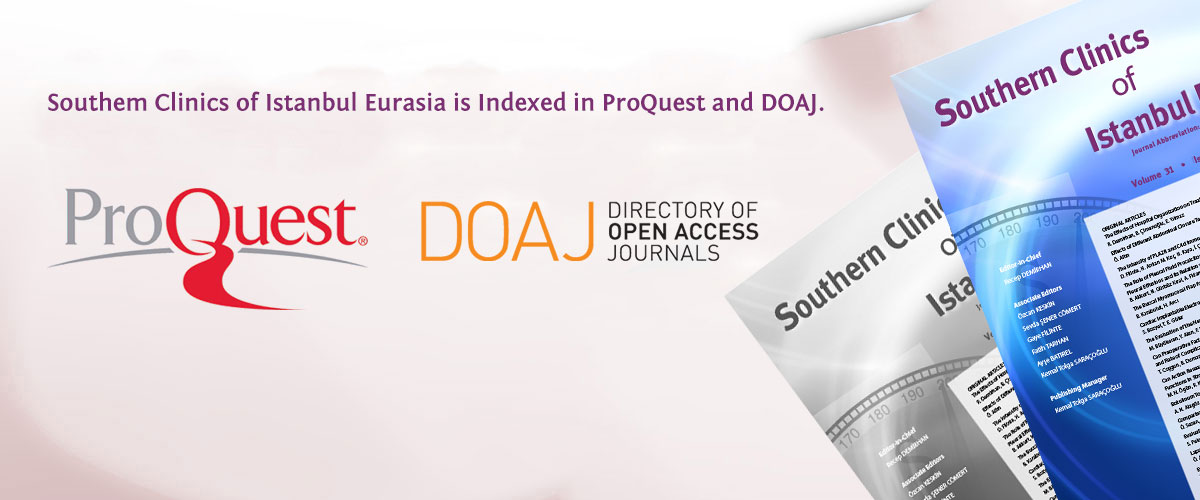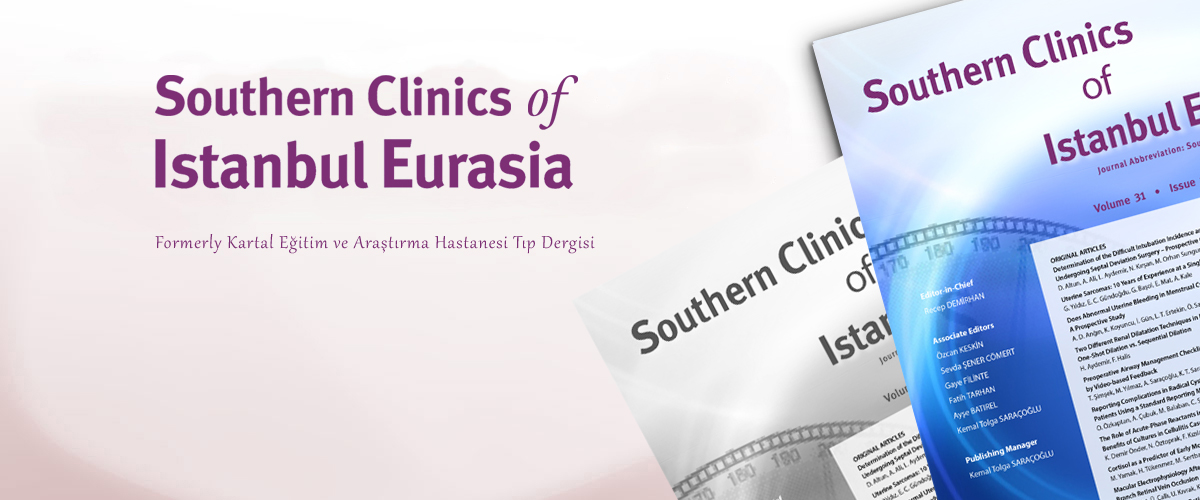ISSN : 2587-0998
TİROİDEKTOMİNİN KEMİK MİNERAL DANSİTESİ ÜZERİNE ETKİSİ
Sedat Varol1, Orhan Ünal1, Mesut Ünsal1Kartal Eğitim ve Araştırma Hastanesi Kadın Hastalıkları ve Doğum KliniğiDEXA (dual energy x-ray absorptiometry) yöntemi ile kemik mineral dansiteleri ölçülen 176 hastada, subtotal tiroidektomi geçiren ve hormonal suplemantasyon alan 24 hasta ve kontrol grubunu oluşturan 152 hasta gebelik, parite, yaş, tüm vücut kemik mineral dansitesi (TVKMD), lumbal 2-4 kemik mineral dansitesi (L2-4KMD), femur boynu kemik mineral dansitesi (FBKMD) açısından karşılaştırıldı. Trioidektomi geçirmiş hormonal suplemantasyon alan hastalarda yaş ve gebelik ortalamaları kontrol grubuna göre anlamlı ölçüde daha yüksek bulundu (p<0.05). Tiroidektomi geçirmiş hormonal suplemantasyon alan hastalar ile kontrol grubundaki hastalanıl TVKMD, L2-4KMD, FBKMD değerleri karşılaştırıldığında aralarında istatiksel bir anlamlılık bulunmadı (p>0.05).Çalışmamız subtotal tiroidektomi sonrasında yapılan fizyolojik dozdaki tiroid hormon suplemantasyonunun, hastaları vücuttaki hipertiroid ortamın osteoporoz yapıcı etkisinden koruyacağını ve bu hastaların postmenopozal dönemde normal hastalardan daha yüksek bir risk altında olmayacağını düşündürdü.
EFFECTS OF THYROIDECTOMY ON BONE, MINERAL DENSITY
Sedat Varol1, Orhan Ünal1, Mesut Ünsal1Kartal Eğitim ve Araştırma Hastanesi Kadın Hastalıkları ve Doğum KliniğiThe bone mineral density levels of 176 patients were measured by the DEXA (dual energy x-ray absorptiometry) method. First group consisted of 24 patients in whom subtotal thyroidectomy had been performed and was now receiving hormonal replacement. Second, namely, the control group consisted of 152 patients. Parameters like age, pregnancy, parity, whole body bone mineral dansity (TVKMD), lumbal spine 2-4 bone mineral density (L2-4KMD), femoral neck bone mineral density (FBKMD) values were compared between these two groups. Mean values of age and pregnancy were significantly higher in the subtotal thyroidectomy and hormonal replacement group (p<0.05). Compared with the TVKMD, L2-4KMD, FBKMD values, there was no significant difference between the subtotal thyroidectomy and hormonal replacement group and the control group (p>0.05). If physiologic doses of thyroid hormone replacement are achieved after the subtotal thyroidectomy, the body can be prevented from the osteoporosis causing effect of the hyperthyroid environment. In this group of patients there wouldn't be any additive risk of fracture in the postmenopausal period.
Makale Dili: Türkçe

